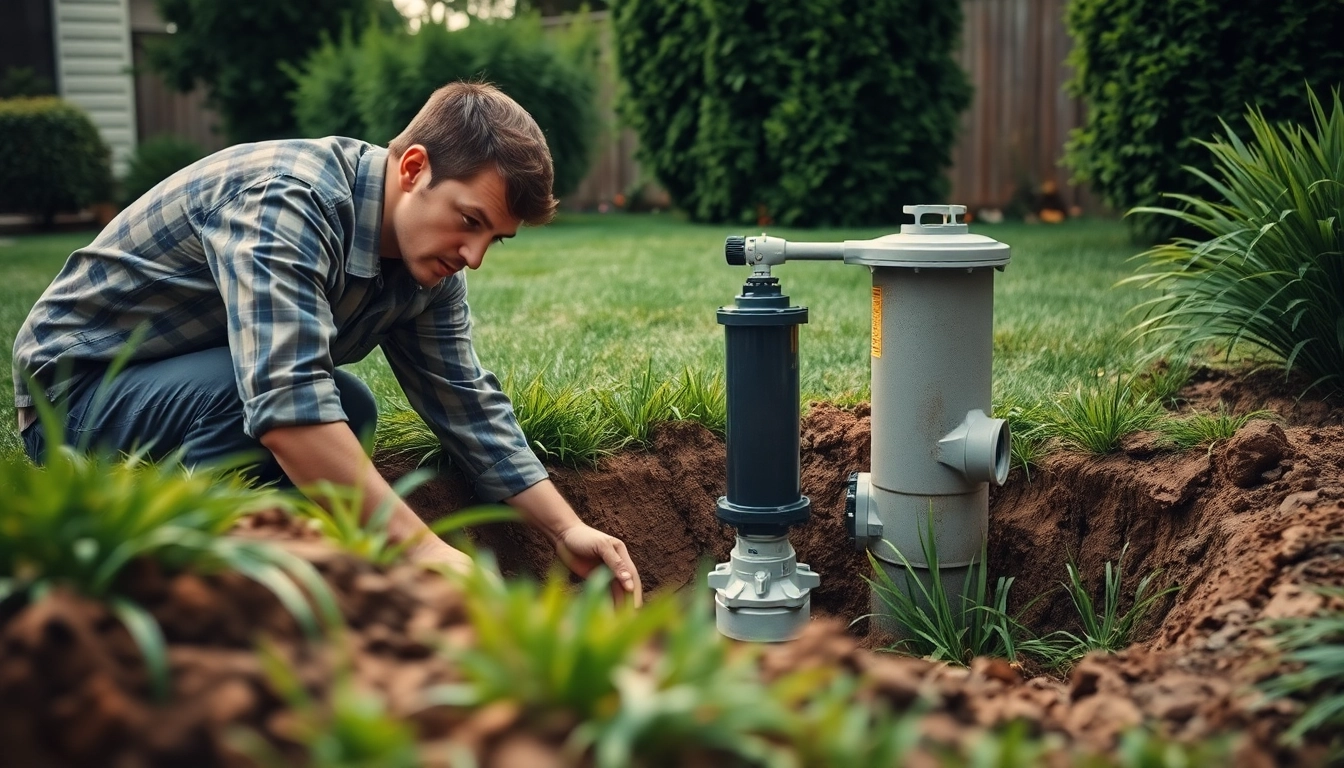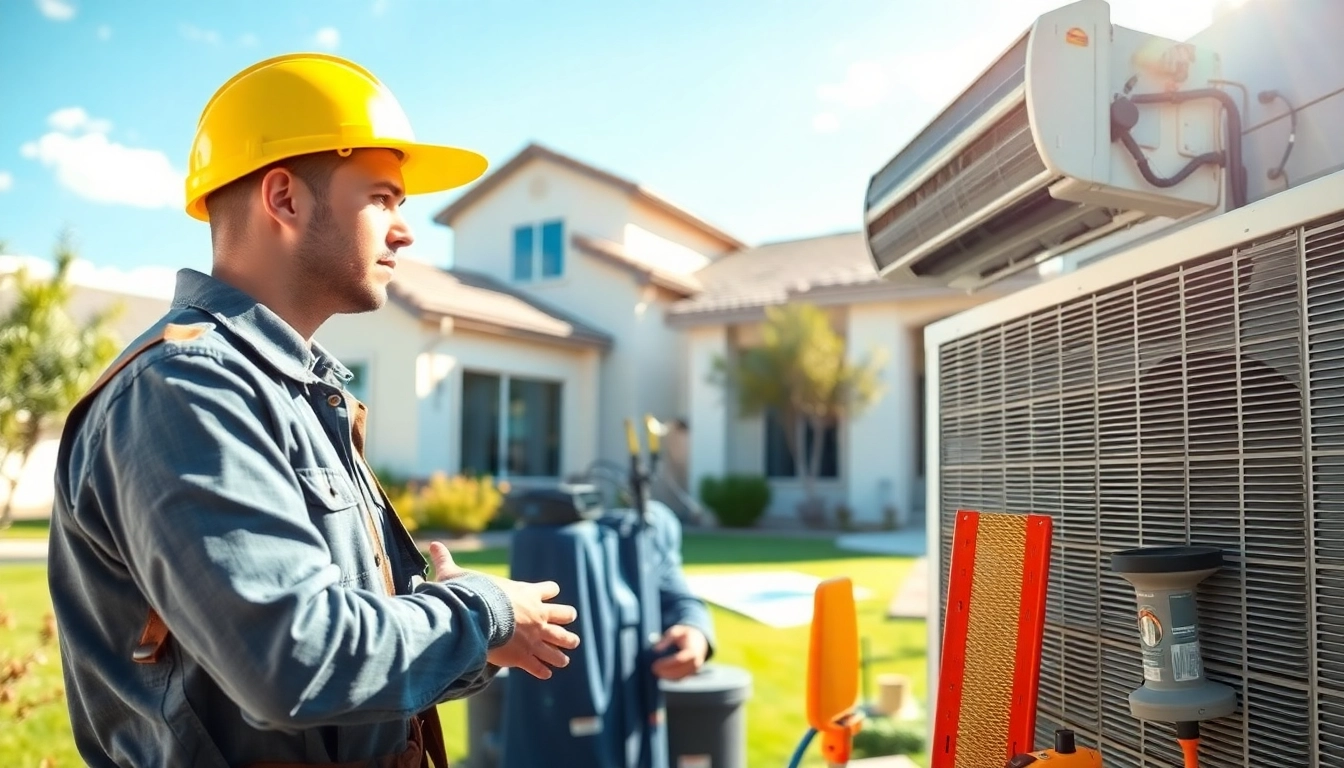Understanding Well Pump Replacement in Lacey, WA
Well pumps are vital for accessing clean and safe water in areas without municipal water supply, making understanding well pump replacement lacey wa a topic of high relevance for homeowners in Lacey, WA. Though replacement may seem daunting, it’s crucial for maintaining efficient water delivery. This article delves into essential aspects of well pump replacement, enabling homeowners to navigate the process confidently.
What is a Well Pump and Its Role?
A well pump serves an essential function in any home that relies on groundwater. It is responsible for drawing water from the underground aquifers and delivering it to faucets, showers, and other water outlets in the home. There are various types of well pumps, including submersible pumps, jet pumps, and hand pumps, each designed for specific applications based on the depth of the well and the volume needed.
Submersible pumps are commonly used in deeper wells because they can operate underwater, ensuring efficient water delivery. Jet pumps, on the other hand, are typically employed for shallower wells and use air pressure to push water into the home. Understanding these basics helps homeowners make informed decisions about well pump selection and replacement.
Signs You Need a Well Pump Replacement in Lacey, WA
Recognizing the signs that indicate the need for a well pump replacement is crucial for ensuring uninterrupted access to water. Some common indications include:
- Decreased Water Pressure: If you notice a significant drop in water pressure, it could be a sign that your pump is struggling to draw water.
- No Water: A complete lack of water flow often indicates a malfunctioning pump or a deeper issue with the well.
- Strange Noises: Unusual sounds like grinding or rattling may suggest mechanical failure within your pump.
- Frequent Cycling: If the pump turns on and off often, it may be prompted by a failing component.
- Visible Wear and Tear: Corrosion, rust, or worn-out parts can signify that the pump is reaching the end of its lifespan.
- Bad Odors: Foul smell emanating from the faucet could indicate that bacteria or contaminants are present, confirming the need to evaluate the condition of the water system.
Common Myths About Well Pump Services
As with any essential home system, numerous myths surround well pump services that can lead to misconceptions. Educating oneself about these myths helps in making informed decisions. Here are a few common ones:
- Myth 1: All Well Pumps Are the Same: This is untrue; well pumps vary in type and size based on the depth of the well and water demand.
- Myth 2: You Can Install a Well Pump Yourself: While it’s possible, expert installation ensures safety and optimal functionality, which is crucial for maintaining water quality.
- Myth 3: Well Pumps Last Forever: Like any mechanical device, well pumps have a lifespan and require regular maintenance and replacement.
- Myth 4: If There’s Water, the Pump Is Working: Even if there is a flow of water, underlying issues may still exist that require professional diagnosis.
Steps to Replace Your Well Pump Effectively
Preparation for Well Pump Replacement in Lacey, WA
Proper preparation is essential to ensure a seamless well pump replacement process. Here are the initial steps to take:
- Evaluate Your Current System: Assess the existing pump to identify the specific issues that may necessitate a replacement.
- Gather Essential Documentation: Keep any original installation manuals, warranty information, and previous service records on hand.
- Consult with Professionals: Engaging a plumbing expert can provide insight into the best replacement options and aid in the evaluation process.
Tools and Equipment Needed for Replacement
Before beginning the replacement, ensure you have the following tools and equipment:
- Wrenches and pliers
- Pipe cutters
- Utility knife
- Safety goggles
- Work gloves
- Voltage meter
- Replacement pump and required fittings
- Hose clamps and PVC cement
Step-by-Step Guide for Professional Installation
Follow these steps for an effective well pump replacement:
- Power Down: Ensure the power to the pump is turned off at the circuit breaker to avoid accidental electrocution.
- Remove the Old Pump: Disconnect the pump from the plumbing system. Use wrenches to unscrew fittings and carefully lift the pump out of the well.
- Install the New Pump: Position the new pump at the bottom of the well and secure it in place. Reconnect it to the plumbing using the appropriate fittings.
- Reconnect Power: After ensuring all connections are secure, restore power to the pump.
- Test the System: Turn on the water and check for leaks or irregularities. Monitor the water pressure to ensure proper functionality.
- Documentation: Record the installation details, including the date and type of pump installed, for future reference.
Choosing the Right Well Pump for Your Needs
Types of Well Pumps and Their Applications
Understanding the various types of pumps available helps in selecting the right one for your home. The two main types are:
- Submersible Pumps: Ideal for deep wells, these pumps operate underwater, making them highly efficient in moving large volumes of water.
- Jet Pumps: Suited for shallow wells, jet pumps draw water through a system of pipes, relying on air pressure to deliver it to the surface.
How to Select an Efficient Well Pump Model
When choosing a pump, consider the following factors:
- Water Demand: Assess how much water your household requires to select a pump that meets or exceeds your needs.
- Depth of Well: Ensure the pump is suitable for the well depth to guarantee efficient water retrieval.
- Energy Efficiency: Opt for models that offer energy-saving features to reduce operational costs.
Considerations for Well Pump Sizing and Capacity
A properly sized pump is critical for function and efficiency. When determining the right sizing, consider:
- Flow Rate: Measure how many gallons per minute (GPM) your household uses under peak conditions.
- Static Water Level: Understand the depth of water present during dry seasons to select a pump that can operate effectively even at reduced water levels.
- Dynamic Water Level: Know the level of water in the well while the pump is running to avoid damages from running the pump dry.
Cost Factors for Well Pump Replacement in Lacey, WA
Average Costs for Well Pump Replacement Services
The cost of well pump replacement can vary based on several factors, including labor rates, equipment type, and geographical location. On average, homeowners in Lacey can expect to spend between $1,000 to $3,500 for replacement services. It’s essential to gather quotes from several contractors to ensure competitive pricing.
Factors That Influence Well Pump Replacement Prices
Several factors can influence the overall cost of well pump replacement:
- Type of Pump: The pump type significantly affects the pricing, with submersible pumps typically costing more than jet pumps.
- Well Depth: Deeper wells require more specialized equipment and labor, increasing overall costs.
- Labor Costs: Rates can vary based on market demand and the specific contractor’s experience.
- Additional Repairs: If the well or the surrounding system requires repairs, it can lead to extra costs.
Budgeting for Your Well Pump Replacement Project
Creating a budget for well pump replacement involves considering both the anticipated direct costs and potential unexpected expenses. Here are steps to assist you:
- Set a Budget: Determine how much you can afford to spend based on your financial situation.
- Research Costs: Investigate local market rates for equipment and labor.
- Account for Unexpected Expenses: Set aside a contingency fund of around 10% to 20% of your budget for unforeseen costs.
Maintaining Your New Well Pump for Longevity
Essential Maintenance Tips for Well Pumps
To extend the lifespan of your new well pump, regular maintenance is vital. Here are several maintenance tips:
- Regular Inspections: Schedule yearly inspections to check the pump’s condition and functionality.
- Monitor Water Quality: Test water for contaminants periodically to evaluate the system’s performance.
- Flush the System: Regularly flush out sediment and debris that may enter the well.
Common Issues and How to Troubleshoot Them
Even with proper maintenance, issues may arise. Common problems include:
- Loss of Pressure: Check for leaks, clogs, or ensure the check valve is functioning properly.
- Intermittent Flow: Inspect the power supply and ensure the pump is adequately submerged in water.
- Noisy Operation: Abnormal noises may require professional evaluation to determine mechanical issues.
When to Schedule Professional Maintenance in Lacey, WA
While homeowners can perform some maintenance tasks, professional services are crucial in certain situations:
- Annual Evaluations: Schedule a professional evaluation yearly to address complex issues.
- Major Repairs: Contact experts if you suspect significant wear, mechanical failure, or performance decline.
- Water Quality Concerns: When contamination concerns arise, experts should be involved to ensure safe drinking water.



